Accepted Scientific Name: Parodia herteri (Werderm.) N.P.Taylor
Bradleya 5: 93. 1987
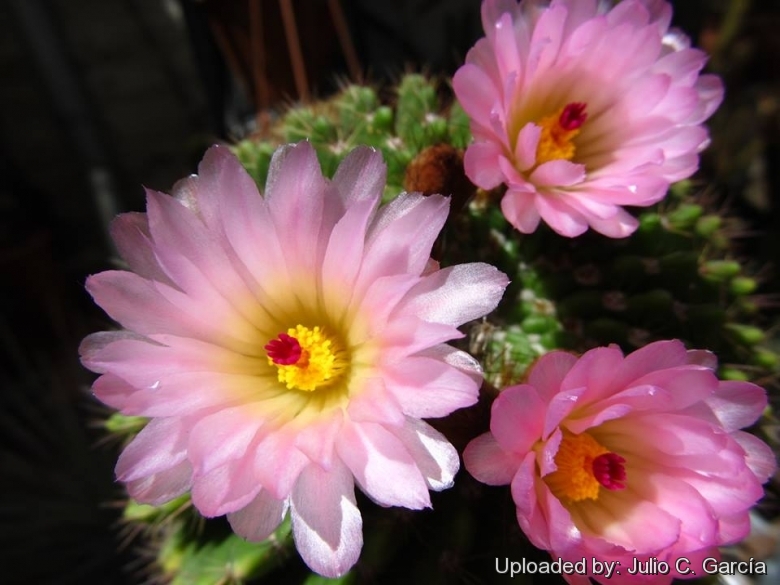
Echinocactus herteri (Parodia herteri) Photo by: Julio C. García
Origin and Habitat: Parodia herteriSN|20458]]SN|20458]] has a very restricted range in Brazil, (Rio Grande do Sul) and Uruguay ( Rivera, Artigas, Cerro Galgo), extent of occurrence is approximately 4,500 km2.
Habitat: Grows in a a sandy and rocky soil, in grasslands or pampas at low altitude (100-400 metres above sea level). It is not abundant and several subpopulations have already disappeared. It has several ongoing major threats that have drastically reduced the species' population and its habitat. The major threats for the species are fires, agriculture, forestry, grazing and urban sprawl. The species is used as an ornamental in specialized collections, but specimens are not collected from the wild. Some local collection occurs, which could become a major threat.
Synonyms:
See all synonyms of Parodia herteri
back
Accepted name in llifle Database:Parodia herteri (Werderm.) N.P.TaylorBradleya 5: 93. 1987Synonymy: 8
back
Common Names include:
RUSSIAN (Русский): Пародия Хертера
Description: Parodia herteriSN|20458]]SN|20458]], best known as Notocactus herteriSN|20460]]SN|20460]], is a large growing plant, usually solitary or slowly branching from the base.
Stem: Almost spherical that can became shortly cylindrical when old, up to 15 cm in diameter and tall with a shiny deep green skin, the apex is depressed, white-grayish and woolly.
Ribs: About 22 well defined and spiraling.
Tubercles: Well pronounced, chinned.
Radial spines: 8-11 thin, flexible and acicular up to 20 mm long, whitish with a brownish-red tip.
Central spines: Stouter (20-30 cm long), subulated, brown-reddish, grayish when old.
Areoles: Deeply seated within a depression between the chins, woolly that become bare when older.
Flowers: Apical, pale violet-pink to dark purple, 4 cm long, 4,5/5 cm in diameter with whitish or yellow centers in the spring. Petals lanceolated with somewhat fringed border and a darker midrib at the extremity. Filaments and style greenish/yellow, anthers golden yellow, stigma 10 lobed, pinkish with the a white extremity.
Blooming season: July through September.
Bibliography: Major references and further lectures
1) Edward Anderson “The Cactus family” Timber Press, Incorporated, 2001
2) James Cullen, Sabina G. Knees, H. Suzanne Cubey "The European Garden Flora Flowering Plants: A Manual for the Identification of Plants Cultivated in Europe, Both Out-of-Doors and Under Glass" Cambridge University Press, 11/Aug/2011
3) David R Hunt; Nigel P Taylor; Graham Charles; International Cactaceae Systematics Group. "The New Cactus Lexicon" dh books, 2006Jackie M. Poole, William R. Carr, Dana M. Price, Jason R. Singhurst “Rare plants of Texas: a field guide” Texas A&M University Press, 30/Dec/2007
4) Larocca, J., Machado, M. & Duarte, W. 2013. Parodia herteri. The IUCN Red List of Threatened Species. Version 2014.2. <www.iucnredlist.org>. Downloaded on 13 August 2014.
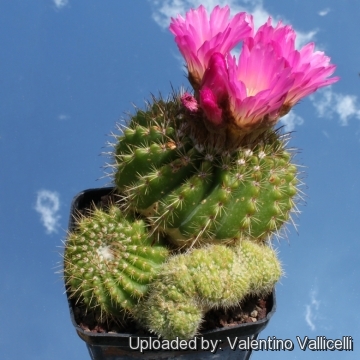 Echinocactus herteri (Parodia herteri) Photo by: Valentino Vallicelli
Echinocactus herteri (Parodia herteri) Photo by: Valentino Vallicelli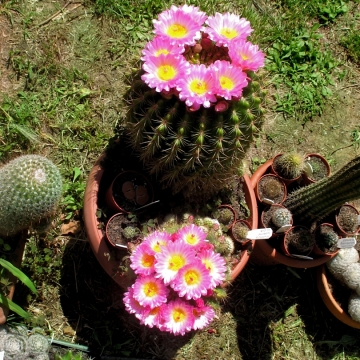 Photo and © copyright by Renzo Giavina (Italy) (Parodia herteri) Photo by: Cactus Art
Photo and © copyright by Renzo Giavina (Italy) (Parodia herteri) Photo by: Cactus Art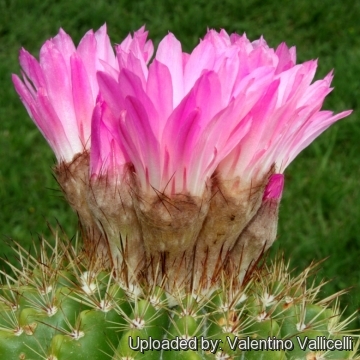 Echinocactus herteri (Parodia herteri) Photo by: Valentino Vallicelli
Echinocactus herteri (Parodia herteri) Photo by: Valentino Vallicelli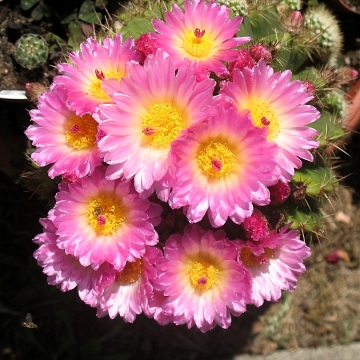 Photo and © copyright by Renzo Giavina (Italy) (Parodia herteri) Photo by: Cactus Art
Photo and © copyright by Renzo Giavina (Italy) (Parodia herteri) Photo by: Cactus Art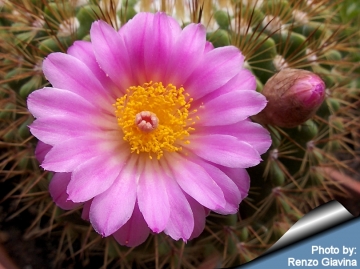 Photo and © copyright by Renzo Giavina (Italy) (Parodia herteri) Photo by: Cactus Art
Photo and © copyright by Renzo Giavina (Italy) (Parodia herteri) Photo by: Cactus Art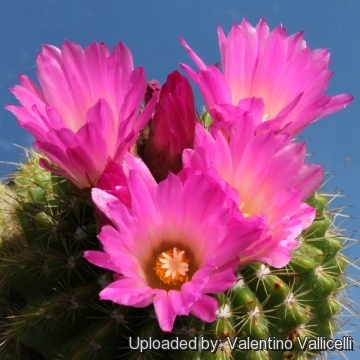 - It is a large growing plant with stunning bright violet-purple flowers. (Parodia herteri) Photo by: Valentino Vallicelli
- It is a large growing plant with stunning bright violet-purple flowers. (Parodia herteri) Photo by: Valentino VallicelliCultivation and Propagation: Suitable for the home or a greenhouse, During winter's rest period they should be dry and cool, it is frost resistant to -4°C but thrives best with additional heat, they like only a short winter's rest. If the soil is allowed to be dry for too long root loss could follow but equally the same result would occur if the plants are both wet and cold, rot easily if the substrate is wet and cold. Prefers filtered bright light with ample airflow. Will enjoy regular water in summer. Best if watered with rain water, an acid compost and iron feed help to delay the onset of basal corking. A well grown plant is a fresh glossy grass- green, contrasting with reddish spines.
Propagation: Usually by seeds as it seldom produces offsets.
















